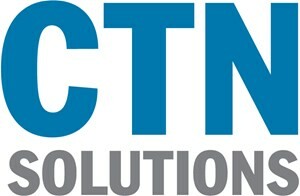There are some facets to IT that are universally accepted as important, such as security. However, there are others that create some conflicting opinions between management and IT personnel. When surveyed, business leaders and IT management held vastly different opinions as to the importance of various IT tasks. Is there a way to unify these priorities?
Different Viewpoints and Priorities
According to the 2018 SIM (Society for Information Management) IT Trends Study, management and IT have very different views on how important many tasks are. The 1,200 respondents to the survey indicated that, while owners and management saw alignment between the business and IT as the second-highest priority, IT saw that as the fourth priority. Talent retention was another point where business leadership and IT didn’t quite see eye-to-eye. IT teams ranked that as worry number three, while business leaders ranked it as 17th. Business continuity saw a similar discrepancy, IT leaders ranking it at number eight, while business leaders ranked it 18th.
This isn’t a situation that benefits any business. Instead, the focus should be to align the priorities of IT and the rest of the business in order to achieve a greater, common goal.
Blending Two Priorities into a Common Goal
An effective means of getting the different facets of your team on the same page is to show them that they are all contributing to the success of the same business initiative. For instance, finances are a major concern of any business’s management. An IT team can much more easily communicate with the business side by using their language, so to speak.
Any IT team understands the importance of staying up-to-date with solutions, but being current will incur an expense that may be unwanted by management. However, if the IT team can demonstrate how the investment into upgrades will allow the business to save money down the line, it provides the business half with the motivation to move forward. The same effect can often be accomplished with a frank, honest evaluation of the future, if certain investments aren’t made.
Win-Win or Lose-Lose
It is also important to cultivate the idea amongst your organization that the business half and the IT half should not be considered competitors. The two need to be partners, working together to make the best whole possible.
If there is ever a dispute or disagreement between the two halves of your business, resist the urge to find a compromise. Disagreement can be a good thing, as it provides the opportunity to examine a situation and define the best possible course of action for the business as a whole. This opens the door for more effective collaboration.
Compromise and collaboration are two very different things. While compromise suggests that both sides have to sacrifice something for any agreement to take shape, collaboration implies that both sides are unifying and putting forth their best effort to achieve a common goal–in this case, the betterment of the organization.
How have you found success in encouraging collaboration between your IT teams and the rest of your staff? Tell us in the comments!
